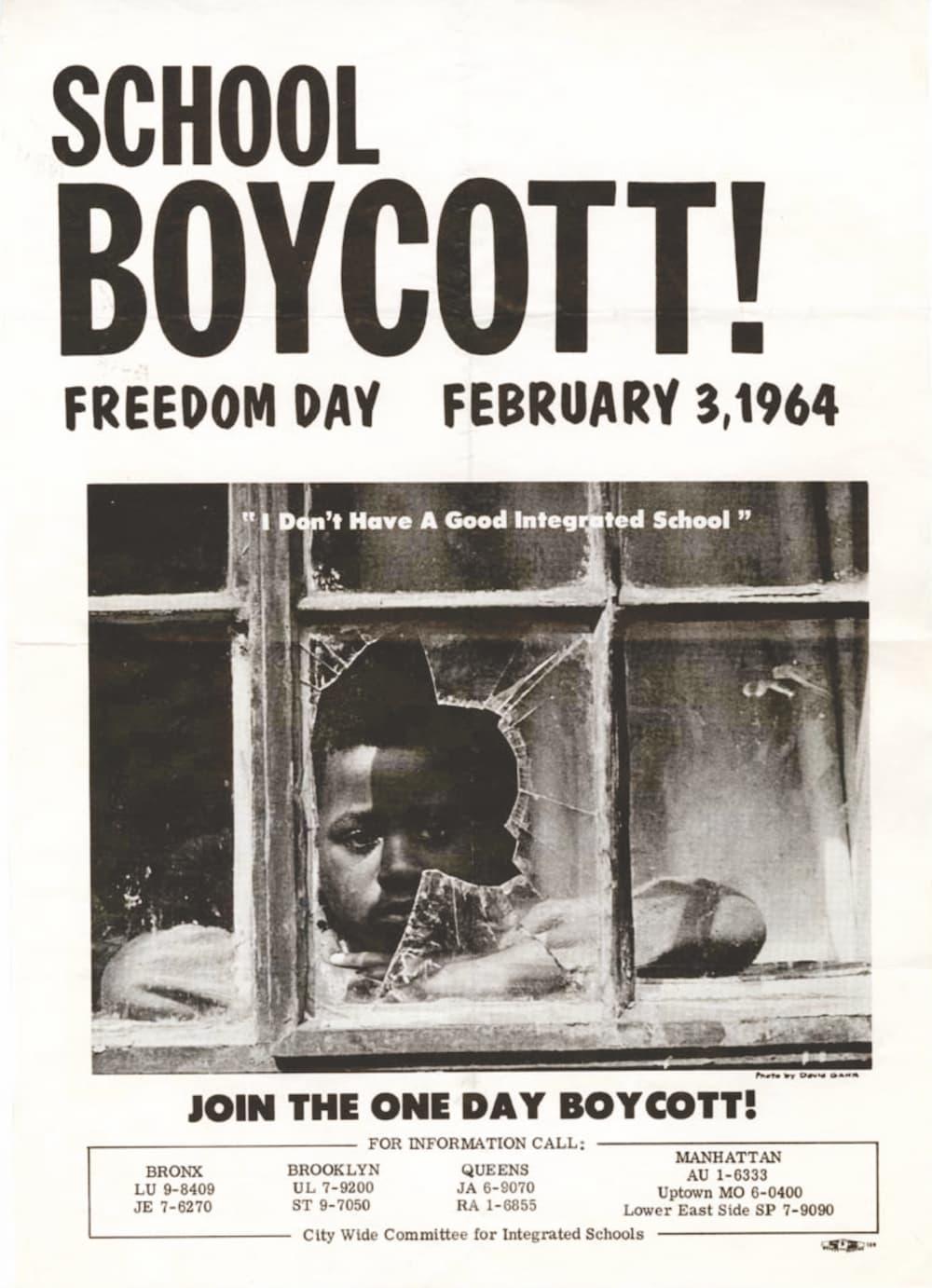
New York Hosted the Largest Civil Rights Demonstration in 1964
In civil rights history, the ongoing narrative that racism is a southern issue. But New York is home the largest civil rights protest.
By Jamie RolloFeb. 23 2021, Published 1:34 p.m. ET
“The white liberal differs from the white conservative in only one way: the liberal is more deceitful than the conservative.” – Malcolm X
Too often, the northern U.S is left out of civil rights history to push the narrative that racism is a southern issue. Many people accept the notion that social inequities and segregation only existed south of the Mason-Dixon line, but that couldn’t be more false. Even to this day, northern states, New York especially, have a real problem with racial school segregation.
According to a 2019 Public School Review report, New York state has the most racially segregated schools in the country. New York’s schools, especially in the city, are segregated by real estate, i.e. socioeconomic status, and because of historic policies such as redlining, the city’s neighborhoods remain to be separated racially and economically.
It’s easy for the north to excuse themselves from the conversation of civil rights because they aren’t as overtly racist. I mean, hey, they weren’t ones to wage a war on keeping slavery legal and they didn’t outwardly try to segregate the people by race. They simply practiced racism and white supremacy secretly and disguised it with insidious policy.
The truth is, New York, perhaps the beaming light of “liberalism,” has a history of elitist segregation that is still perpetuated to this day.
Back in February of 1964, parents and students, frustrated with the unfairness of redlining and school districts, planned a public school boycott. More than 450,000 students refused to attend school while some thousands of demonstrators peacefully rallied at the Board of Education, City Hall and the office of former N.Y Governor Nelson Rockefeller. It marked the biggest civil rights protest of that era and it’s seldom brought up to push the narrative that the liberal north was more refined, educated and above racism whereas the south was just barbaric.
Despite this ginormous protest that encompassed activists of all ages, New York’s schools still remain segregated and there are no plans to stop it.
New York City’s History of Redlining Affecting Education

Before delving into the largest boycott of the civil rights movement, we have to discuss redlining and its effect on the city’s schooling. From the 1940s to the 60s, an estimated 2.5 million Black people and nearly 1 million Puerto Ricans migrated to New York City. They soon found out that most of these landlords refused to rent to non-white people. Why? Because of redlining.
The New York government gave ratings – A through D – to different neighborhoods. Any neighborhood that had more than 5 percent of people of color were stuck with a C or D rating. This helped maintain segregation by neighborhoods and therefore schools. Homeowners and business owners in these C and D neighborhoods were often denied loans for property upkeep, which led to deterioration.
Essentially, redlining encouraged white landlords to not rent to non-white tenants, therefore forcing people of color into these C or D rated neighborhoods.
These neighborhoods soon got overcrowded and the schools followed. Rather than redraw the school districts to allow for students of color to go to less-crowded white schools, New York City’s Board of Education implemented part time school days for overcrowded schools. After the Brown v. Board of EducationSupreme Court decision, the school board, pressured by activists, started bussing some students of color to majority white schools, much to the dismay of white parents.
The 1964 School Boycott

In 1958, frustrated by the conditions of the schools, nine mothers from Harlemdecided to pull their kids from school to “demand a fair share of the pie.” The city decided to charge them with failure to send their children to school.
Six years later, segregation in New York City schools only got worse prompting civil rights leaders to call for a one-day boycott. It was the largest civil rights protest with half the city’s student population staying home February 3, 1964. In response, the city had the idea to implement a “small school pairing plan,” which would allow Black and Puerto Rican students to attend white schools.
Just one month later, however, the plan was pushed aside and out of mind because 10,000 white parents – mainly white moms – marched in front of the offices of the Board of Education demanding an end to New York’s small school pairing plan.
In his book Why Busing Failed, Matthew Delmont explains how this march influenced the congressmen into allowing this type of de facto racial segregation. Representative Emanuel Celler, a democrat representing Brooklyn, played a large role in fighting for this loophole in the Civil Rights Act on the House floor with other congressmen. Said loophole, the Act’s Title IV section, writes that “‘desegregation’ shall not mean the assignment of students to public schools in order to overcome racial imbalance.”
Because of this little loophole, civil rights activists in northern cities had their hands tied. If northern segregation is caused by “racial imbalance” and not direct racial segregation, they had no obligation to mend the issues caused by redlining under the Civil Rights Act.
Over time, there has been some effort to alleviate the economic and social burns of redlining. In the 1990s, there were court cases that halted any plans for desegregation and forbid any future plans from going into effect. What this essentially means is that New York, much like other northern cities, has never desegregated its schools and in fact, has gotten more segregated since 1968.

